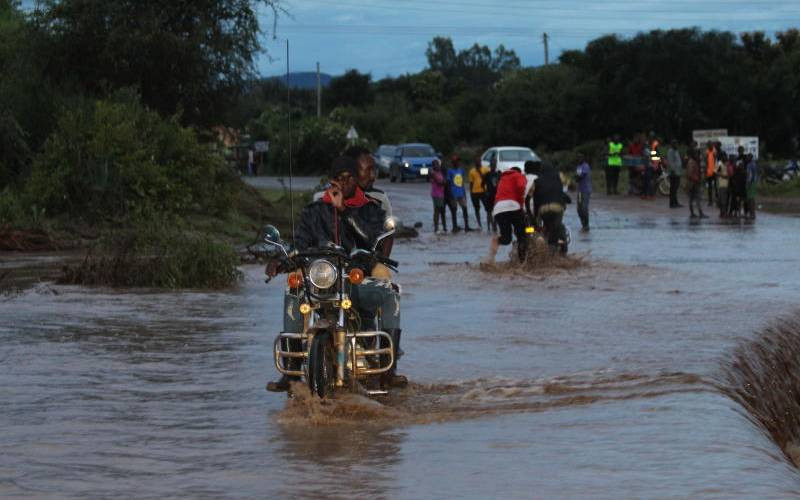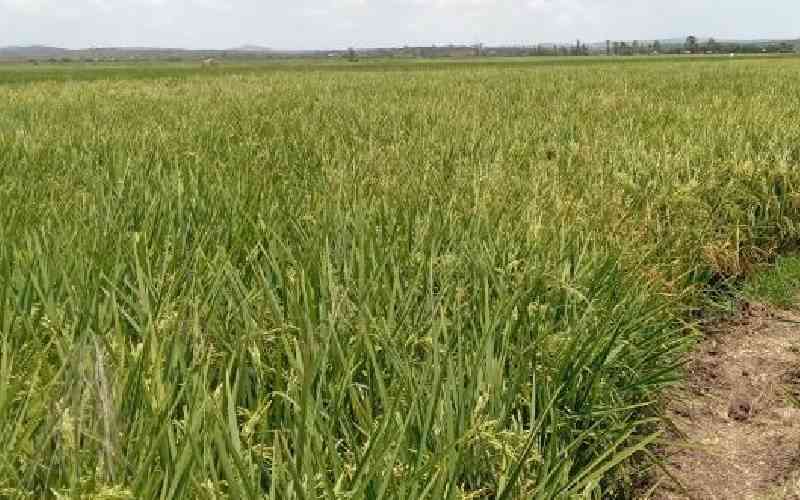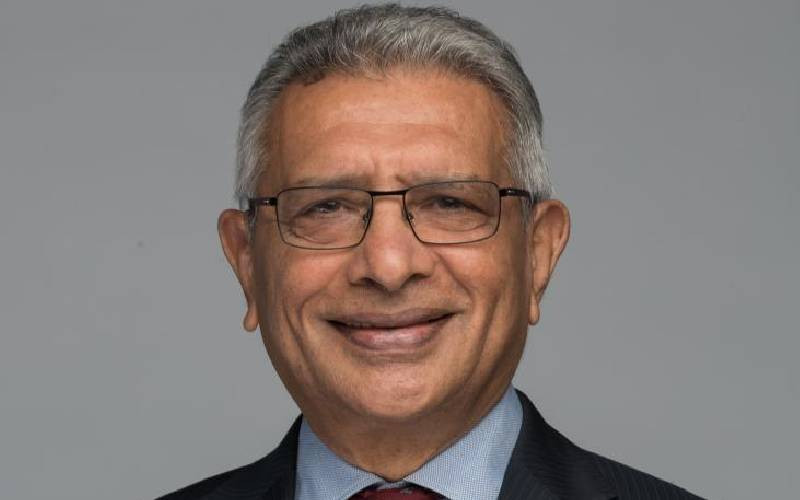By Patrick Githinji
The Ministry of Regional Development has received a Concept Paper, which recommend that it constructs nine multipurpose dams.
The proposed dams, to be constructed in Coast, Rift Valley, Eastern, North Eastern, Nyanza, Central and Western provinces are estimated to cost of Sh200 billion and would generate an additional 800mw into the national grid.
According to the paper, these dams are aimed to spur economic development.
While receiving the paper, Regional Development Permanent Secretary Carey Orege said the projects integrate energy generation, irrigation, environmental conservation, and water supplies.
Vision 2030
"The projects are strategic in view of achieving the aspirations of the Vision 2030 of making Kenya a middle income economy," explained Orege.
Research work for the Concept Paper sponsored by Regional Development Authorities began in 2008 and was completed last year.
The authorities are mandated to reverse the disparities in development of the regions by acting as strategic drivers of regional socio-economic development through planning, developing and implementing, as well as co-ordinating integrated basin-based projects.
The programmes cover hydropower and water supplies for irrigation, domestic, and industrial use.
The proposed projects will be constructed along Sondu Miriu River, River Ewaso Nyiro, Tana River, Tukwel, Nandi River, Athi and Ndaragu River, and River Yala-and in three phases.
It is also intended to reduce power blackout that have been experienced in the past weeks. Power demand is estimated at 1100mw and is fast rising, while the supply is slightly under this figure.
Search for partner
Orege says the ministry has obtained approval from National Environmental Management Authority. In three months, they will be embarking on design.
"After we are done with design, we will search for financing partners."
Stay informed. Subscribe to our newsletter
Other issues the study has addressed include the resettlement programme for those living along the basin, land acquisitions, and administrative cost.
The projects are expected to be funded by the Government, international development agencies, and public-private partnership.
Industry statistics indicate that Kenya must at least have 30 to 35 per cent increase in electricity supply by 2018 to achieve vision 2030.
The national energy capacity by 2030 is expected to have surpassed 17,764MW. Kenya is highly reliant on hydropower that account for 52 per cent, while thermal, geothermal and wind/bagasse accounts for 32, 14 and two per cent respectively.
Kenya Power recently announced a power rationing regime that affected most parts of the country. The power rationing is fixed between 6.40pm and 9.30 pm, and mostly confined to Nairobi’s Industrial Area.
The last time such rationing was effected was in the 1990s, during which blackouts were frequent due to heavy reliance on the hydro-power sources for electricity.
Kenya Power managing director, Joseph Njoroge said the rationing had become necessary and attributed it to shortfall of between 70 MW and 90 MW.
 The Standard Group Plc is a
multi-media organization with investments in media platforms spanning newspaper
print operations, television, radio broadcasting, digital and online services. The
Standard Group is recognized as a leading multi-media house in Kenya with a key
influence in matters of national and international interest.
The Standard Group Plc is a
multi-media organization with investments in media platforms spanning newspaper
print operations, television, radio broadcasting, digital and online services. The
Standard Group is recognized as a leading multi-media house in Kenya with a key
influence in matters of national and international interest.
 The Standard Group Plc is a
multi-media organization with investments in media platforms spanning newspaper
print operations, television, radio broadcasting, digital and online services. The
Standard Group is recognized as a leading multi-media house in Kenya with a key
influence in matters of national and international interest.
The Standard Group Plc is a
multi-media organization with investments in media platforms spanning newspaper
print operations, television, radio broadcasting, digital and online services. The
Standard Group is recognized as a leading multi-media house in Kenya with a key
influence in matters of national and international interest.









